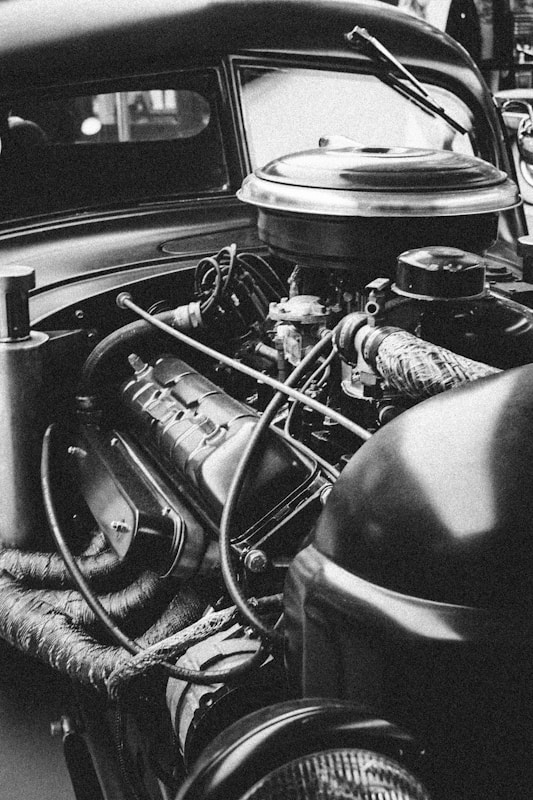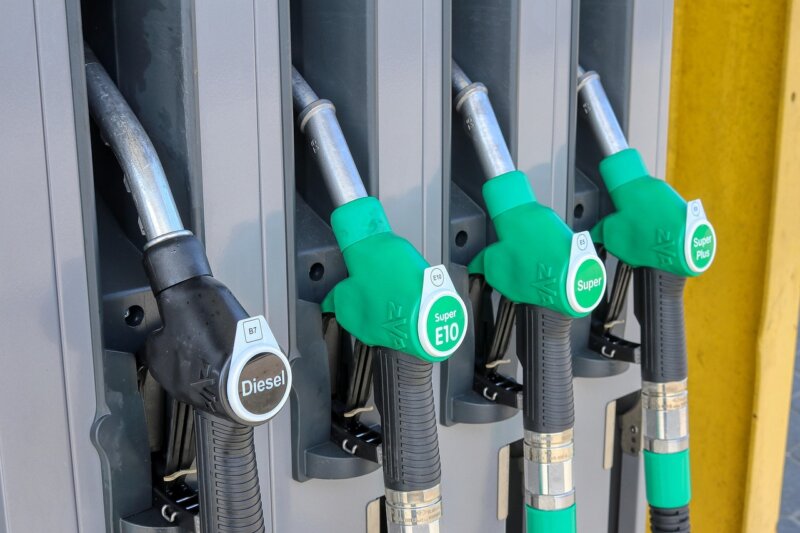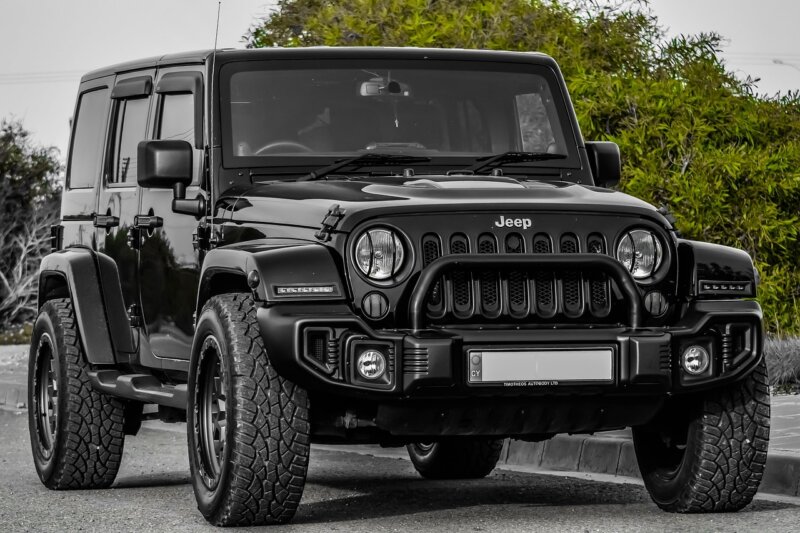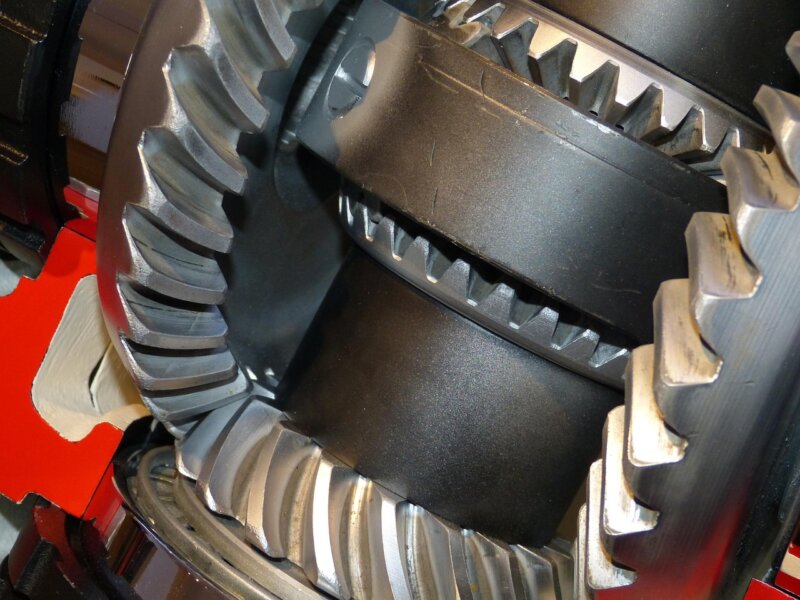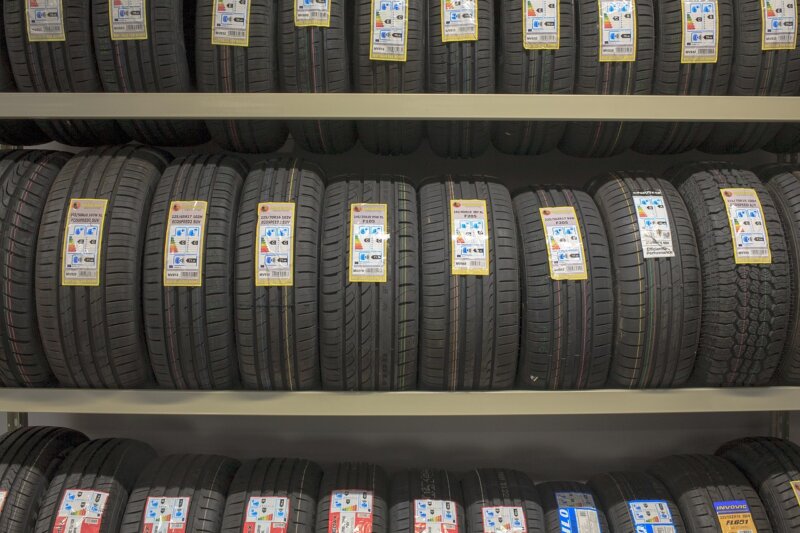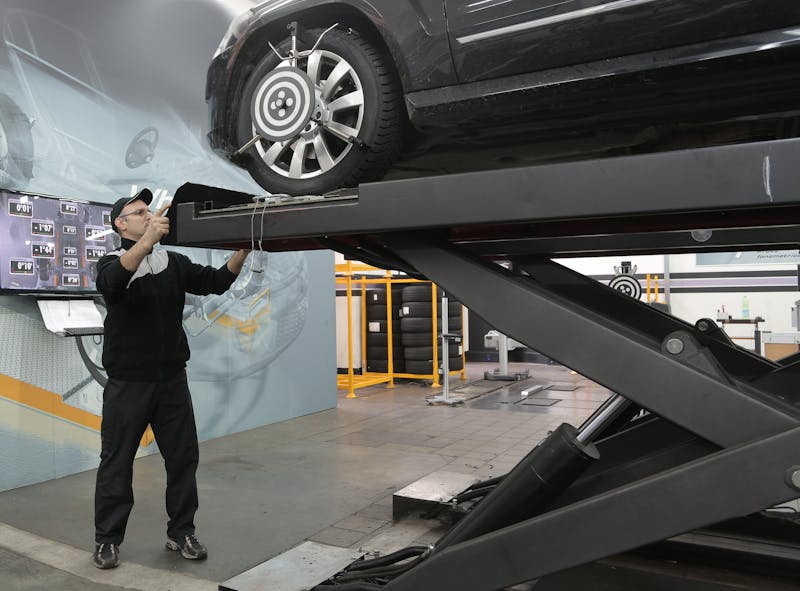Choosing the right All-Wheel Drive, or AWD, can feel tricky. This guide explains Torsen, Haldex, and Clutch-Pack systems in plain terms. You will see how each one moves power, improves traction control, and affects performance. By the end, picking an AWD setup for your drivetrain will be much easier.
Torsen AWD System
A Torsen All-Wheel Drive system uses special gears to split power. The key part is a differential, a gear set that lets wheels turn at different speeds. It reacts fast without electronics, so stability stays steady in corners or on ice.
How Torsen Distributes Power
Torsen uses a mechanical differential to manage torque, the engine’s twisting force. In normal driving, the torque split is near 50 percent front and 50 percent rear. If one axle slips, the gears route more power to the axle with grip.
The torque-bias ratio shows how far it can go. A 3:1 ratio means up to 75 percent of power can shift to one axle. Newer Torsen Crown Gear units, found in cars like the Audi RS5, shift even more. They can send up to 85 percent rear, or as much as 70 percent forward.
Torsen is always on. There is no off switch. For best results, both axles need some traction, since the system depends on resistance at both ends.
Advantages of Torsen Systems
Torsen gives full-time AWD with smooth, predictable behavior. It works well on dry roads, wet pavement, and snow.
- Strong traction control with instant mechanical response
- Balanced feel at highway speeds and in tight turns
- Often low maintenance, mainly gear oil at set intervals
- Consistent vehicle dynamics that performance drivers like
Many Audi Quattro models use Torsen T3 or Crown Gear units. Enthusiasts praise the steady handling and simple service. Seals and bearings may need attention at high miles, which is common in long-term drivetrains.
Common Vehicles with Torsen AWD
Audi Quattro cars such as the A4, A6, and A8 use Torsen for strong grip. U.S. Volkswagen models like the Passat W8, GLX V6 4MOTION, and 1.8t 4MOTION also share this setup due to Audi roots. From 2000 to 2005, many B5 and B5.5 Passat V6 cars used Torsen, as did some early Synchro Volkswagens with longitudinal engines.
Today’s Audi Quattro may use Torsen T3 or a Crown Gear differential, including on the Audi RS5 coupe. These systems pair with a longitudinal engine layout, which places the engine front to back. Vehicles with transverse engines, which sit side to side, do not use Torsen. They use different AWD solutions, often Haldex.
Haldex AWD System
Haldex AWD uses electronics to send power where it is needed. It helps traction control in changing conditions and keeps efficiency high during calm cruising.
How Haldex Operates
Haldex places an electronically controlled clutch pack at the rear axle. A clutch pack is a stack of plates that press together to send power. In steady driving, most power goes to the front wheels, sometimes up to 95 percent. Sensors watch for slip, then command more torque to the rear.
Many setups can send about 50 percent to the rear wheels for extra traction. Gen 5 Haldex acts more proactively than older versions. It monitors vehicle dynamics, then adjusts power to improve grip before things get worse.
Service matters for life and performance. Plan gear oil changes every 40,000 miles. Gen 5 has no removable filter, just a pump screen you can clean. Control unit failures are uncommon if maintenance is not skipped.
Benefits of Haldex Systems
Haldex is compact and light, which fits cars with transverse engines. It is common in front-wheel-drive based platforms like the VW R32 and Audi TT. Efficiency stays high because the system runs mostly in front-wheel drive until slip appears.
- Quick reaction to wheel slip for better stability
- Smoother shift from understeer to oversteer
- Good mix of daily comfort and sporty control
- Clear service plan with known fluid intervals
Maintenance needs are higher than with many Torsen setups. Even so, many owners like the balance of fuel savings and confident handling.
Typical Applications of Haldex AWD
Many Volkswagen and Audi models use Haldex systems. U.S. VW examples include the 2004 Mk4 Golf R32, 2015 to 2020 Mk7 Golf R, 2017 to 2020 Golf SportWagen, 2008 to 2020 Tiguan, and the 2017 to 2020 Atlas. VW branded these as 4MOTION starting in the late nineties.
Audi launched a Haldex-based Quattro on the first TT, starting with the TT 225 Quattro, or Mk1. The A3, S3, RS3, TTS, and TT RS also rely on this type of coupling for traction and performance control. Volvo moved its V70 AWD from a viscous unit to Haldex in 2002. Owners often report that 40,000 mile fluid service helps protect bevel gears.
Other brands, such as MINI, use a similar electromagnetic clutch for All4 all wheel drive. It offers a space-saving layout with smart torque split.
Clutch-Pack AWD System
Clutch-Pack AWD uses plate-style clutches to control torque split. It can improve traction, stability, and cornering feel across many road types.
Mechanism of Clutch-Pack Systems
Modern part-time AllWheel Drive uses an electronically controlled clutch pack to engage on demand. Several steel plates sit together and are pressed to send power. A control unit runs advanced software to check traction in real time. It then activates an electromagnetic clutch to route torque.
GKN builds the MINl All4 electromagnetic clutch pack. It works like Haldex, but with its own hardware details. If one axle loses grip, the clutches can send up to 50 percent of power to the other axle. Many systems start near 50/50, then adjust based on speed and steering.
Responses are quick for better handling and traction control in rain, snow, or mixed surfaces. Because the clutches can slip slightly, power transfer stays smooth. That also helps fuel use at higher speeds while keeping performance ready when roads turn slick.
Key Advantages of Clutch-Pack Systems
Many crossovers and compact SUVs use clutch-pack AWD for its fast action. Power shifts to the wheels with grip almost right away. That builds confidence in poor conditions like snow, mud, or gravel.
- On-demand AWD that saves fuel in steady driving
- Electronic control that reacts faster than older designs
- Some systems add torque vectoring for sharper cornering
- Lighter parts that improve drivetrain efficiency
These systems often run as front-wheel drive or rear-wheel drive until extra traction is needed. Plan regular service of fluid and filters to keep response times quick.
Comparing Torsen, Haldex, and Clutch-Pack Systems
Each AWD approach solves power distribution in a different way. The right fit depends on how you drive, the roads you face, and the feel you want.
Performance Differences
Torsen offers a steady 50/50 torque split most of the time. If slip starts, it can send up to 75 percent of power to one axle. That helps corner exit traction and keeps balance consistent. Many drivers like its behavior for clean drifts and precise control.
Haldex drives the front wheels until slip is detected, then sends torque rearward. The change can feel smooth, which helps newer drivers. Its strength is flexibility, though it depends on sensors and a pump to act.
Clutch-pack units react very quickly, often quicker than older mechanical types. They can feel sporty and confident, but need fresh fluid to stay sharp. In spirited driving, all three can work well. The best match comes down to the handling character you prefer.
Weight and Efficiency Comparison
Haldex systems are compact, which suits transverse engine cars. The lighter hardware helps cut weight and improve fuel economy. Many platforms use this layout to keep packaging simple.
Clutch-pack AWD goes a step further with power disconnect features. For example, some systems open the rear drive at highway speeds to save energy. That lowers friction losses during long cruises.
Torsen is a full-time design with heavier gear sets that are always engaged. This can lower fuel efficiency compared with on-demand units. Vehicles that target higher mileage often pick Haldex or clutch-pack designs for efficient torque delivery.
Best Use Cases for Each System
Torsen shines in off-road and high-performance cars that need constant balance. Audi Quattro sedans and wagons use it for stable handling in rain and snow. Sports cars with similar ideas, such as Porsche PTM setups, value smart torque management.
Haldex fits front-wheel-drive based platforms used every day. It stays efficient in normal driving, then adds traction when needed. That pattern works well for city streets and light winter duty.
Clutch-pack systems are common in crossovers and compact SUVs. MINI All4 is one example with quick response. BMW xDrive can split torque 40/60 and send all power to one axle when needed. Mercedes 4MATIC Plus can switch between rear-wheel drive or AWD using active multi-plate clutches. Many new FourWheel Drive or AllWheel Drive designs rely on electronic clutch packs for both stability and efficiency.
Bottom Line
All-Wheel Drive systems improve safety, traction control, and confidence. Torsen, Haldex, and Clutch-Pack each handle torque distribution in a different way. Your choice depends on priorities, such as steady balance, quick reaction, or fuel savings.
Audi uses Torsen in many sporty Quattro models, and Haldex in smaller cars. Many brands favor clutch-pack AWD in crossovers to save weight and space. With AWD Systems Compared: Torsen, Haldex, and Clutch-Pack Basics kept side by side, matching an AWD system to your roads and driving style becomes simple.


